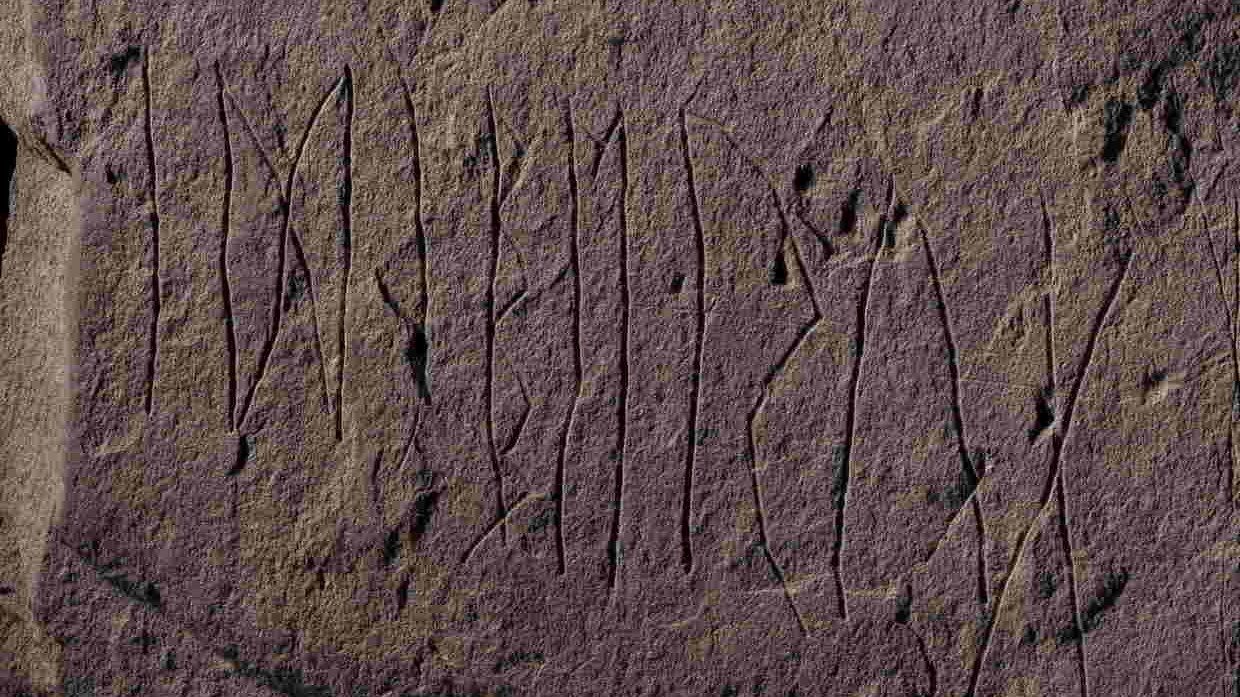
The earliest rune stone that has ever been discovered, according to a group of archaeologists from Norway. It is believed that the little, brownish rock, which has been etched with cryptic writings, is about 2,000 years old and dates back to the time of Jesus.
The Museum of Cultural History in Oslo, which broke the discovery first this week, stated in a press statement that the up to 2,000-year-old inscriptions are from the very first time in the mysterious history of runic writing.
Late January 2021, while exploring an old burial site close to Tyrifjorden Lake, northwest of Oslo, Norway, a little piece of sandstone was discovered. The runes on the stone are “the earliest known writing in Norway,” according to the Oslo museum. According to the statement, the creator of the runes “spoke an ancient language that is considered the forerunner to Old Norse,” the mother tongue of all currently spoken Nordic languages.
According to the museum, the stone features a variety of carvings, however not all of them “make linguistic sense.” The word “idiberug,” formed by many runes, stands out visibly among other markings, according to the statement. Though they thought it could have stood for the name “Idibergu” or the family name “Idiberung,” experts have so far been unable to ascertain its precise meaning.
The rune stone was carved between 1 and 250 AD, with the establishment of the ancient Roman Empire and the early stages of Christianity, according to carbon dating of bones and wood found in the burial cemetery nearby. The stone is also centuries older than any of the other rune stones that have been found before, according to certain media sources.
“This discovery will teach us a lot about the early iron age’s usage of runes. This might be one of the earliest attempts to apply runes on stone in Scandinavia and Norway, according to professor Kristel Zilmer of the University of Oslo, who spoke to AP. The revelation, in her words, was “the most exciting thing I have had as an academic.”
Before adopting the Latin alphabet, the Germanic peoples—including the Scandinavians—used runic alphabets. The Swedish region of Dalarna continued to employ runic writing into the 20th century, and certain varieties of it were still in use in Scandinavia during the Middle Ages.
RELATED ARTICLES
- Moderna recalls 765.000 Doses from Europe due to Contamination
- Norway Lifts ALL COVID-19 Restrictions, Says 'It Is Time to Return to Normal Daily Life'
- European Countries will soon END Coronavirus Lockdowns
- Denmark and Norway close borders for everyone but 'asylum seekers'
- Steadfast Defender 2024: NATO's Largest Military Drills since the Cold War











